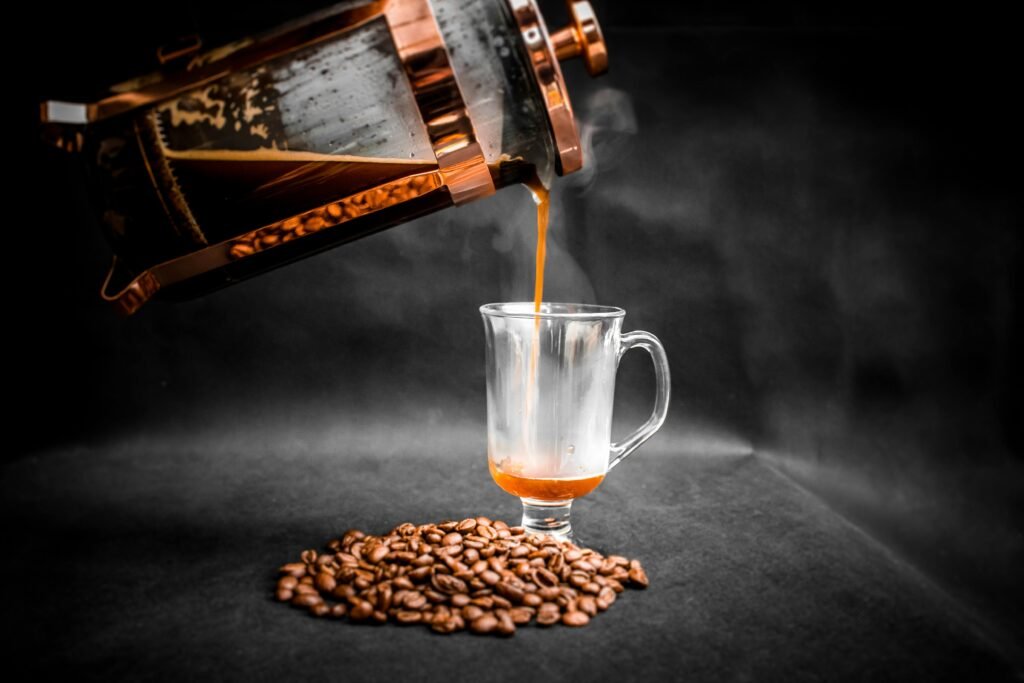Winfield House, nestled in the heart of London’s Regent’s Park, is more than an elegant building; it is an enduring symbol of American diplomatic presence and historical grandeur. Serving as the official residence of the United States Ambassador to the United Kingdom, this mansion is famed for its twelve-acre private garden—the second largest in London after Buckingham Palace—and its rich blend of architectural styles reflecting both British heritage and American influence. This article delves deeply into the history, architecture, interior design, and diplomatic significance of Winfield House, exploring its transformation from the Hertford Villa to a jewel of international relations, as well as the roles played by notable figures connected with it.
Historical Background: From Hertford Villa to Winfield House
The site of Winfield House has a storied past beginning with Hertford Villa, constructed in 1825 as part of Regent’s Park’s royal development by architect Decimus Burton. The villa was initially commissioned by Francis Seymour-Conway, 3rd Marquess of Hertford, and was renowned for its “decorated simplicity” blending wealth and tasteful design. The villa was actually two buildings joined by a single-storey hall called the “tent room,” spacious enough for magnificent receptions.Burton rescued a large clock adorned with two life-sized figures, Gog and Magog, from the demolished church of St Dunstan-in-the-West and installed it as one of Hertford Villa’s most distinctive external features. This relocation of historic artifacts encapsulated the villa’s unique charm.
Prominent individuals such as financier Otto Kahn and British newspaper proprietor Lord Rothermere leased Hertford Villa throughout the 19th and early 20th centuries. During World War I, the villa was loaned by Kahn to a charity for blinded servicemen, known then as St Dunstan’s (now Blind Veterans UK), becoming a symbol of compassionate support. Tragedy struck in 1936 when a fire severely damaged the villa. This event paved the way for the next transformative chapter spearheaded by the American heiress Barbara Woolworth Hutton.
Barbara Woolworth Hutton and the Rebirth of Winfield House
In 1935, Barbara Hutton, heiress to the Woolworth fortune, acquired the fire-damaged Hertford Villa and the surrounding estate. Concerned for her young son’s safety and desirous of an imposing London residence, she commissioned architect Leonard Rome Guthrie to design a new mansion in the Neo-Georgian style, a nod to British architectural traditions while infusing her American heritage.
Her grandfather’s estate, Winfield Hall, located in Glen Cove, New York, inspired her to name the new residence Winfield House. Dedicated landscape work accompanied the construction, with the planting of several thousand trees transforming the twelve-acre grounds into a verdant sanctuary. Barbara Hutton’s personal story is entwined with the history of Winfield House; she was a socialite with high-profile marriages and connections, including to actor Cary Grant, who reportedly visited Winfield House during World War II.
Wartime Utilization and Transition to U.S. Diplomacy
The Royal Air Force requisitioned Winfield House during World War II and used it as a barrage balloon unit and officers’ club. The house sustained some damage during German aerial bombings but largely remained intact. Post-war, Hutton sold Winfield House to the United States government for a nominal sum of one dollar. The motivation was to provide a secure, prestigious residence for the U.S. Ambassador, as the previous official site at 14 Prince’s Gate was no longer deemed adequate for security reasons.
After significant renovations, Winfield House officially became the residence of the American Ambassador in 1955. The house was subsequently listed on the U.S. Secretary of State’s Register of Culturally Significant Property, denoting its historical and cultural importance.
Architectural Grandeur: Style and Design
Winfield House combines classical British architectural elements with American colonial influences, earning its designation as a Grade II listed Neo-Georgian townhouse. Its exterior features a stately red brick façade, formal symmetry, and traditional Georgian detailing such as fluted Doric columns and mahogany doors adorned with American and British symbols.
Internally, the house boasts an extraordinary fusion of English Georgian, French Rococo, French Neoclassical, and Italian Neoclassical styles, blended with exquisite Chinese decorative arts. Prominent individuals such as financier Otto Kahn and British newspaper proprietor Lord Rothermere leased Hertford Villa throughout the 19th and early 20th centuries.
The Ambassador Walter Annenberg and his wife installed a gift—hand-painted 18th-century Chinese wallpaper—in the Green Room during the 1960s renovation. A dedicated staff wing extends from the main building, accommodating the numerous employees who maintain the estate, including security and hospitality teams.
The Expansive Grounds: London’s Second Largest Private Garden
Winfield House’s gardens cover twelve acres, making it the second largest private garden in London. The landscape is divided into several distinct areas:
- The Front Wood: A dense, mature woodland providing both natural beauty and privacy.
- Sculpture Gardens: Featuring thoughtfully placed art pieces creating outdoor cultural spaces.
- Formal Garden: Manicured lawns, flowerbeds, and paths designed for elegant entertaining.
- Vegetable Garden: Reflecting a commitment to sustainability and self-sufficiency.
- Grass Tennis Court and Greenhouse: Areas dedicated to leisure and horticulture, typical of grand estates.
These grounds serve diplomatic functions, offering grandeur and seclusion for official receptions and informal gatherings. Security measures include tree barriers and discreet surveillance, ensuring privacy without compromising the garden’s elegance.
Diplomacy and Cultural Significance at Winfield House
Winfield House is far more than a residence; it is a vibrant hub of diplomacy and cultural exchange. Over decades, it has hosted pivotal events that shaped U.S.-UK relations, from state dinners attended by presidents and royalty to cultural showcases promoting American art, music, and innovation.
The Netflix series The Diplomat highlighted the house’s cultural prominence by featuring it as a setting for political drama and intimate moments of international affairs. This location serves as a symbol of the “special relationship” between Britain and America, underpinning decades of cooperation, alliance, and friendship.
Life Inside Winfield House: People and Stories
The everyday life of Winfield House includes the ambassador and their family, diplomatic staff, and a dedicated team of domestic and security personnel. Personal stories from longtime staff portray an atmosphere balancing formality with warmth, tradition with flexibility.
Ambassadors have customized the interiors to reflect personal tastes while respecting the historic integrity—from alterations by William Haines in the 1960s to modern upgrades enhancing functionality and comfort. Stories from those working behind the scenes reveal a deep commitment to maintaining the house’s legacy, ensuring flawless hospitality during high-profile events.
Preservation Challenges and Sustainable Stewardship
Winfield House’s preservation is a complex task requiring balance between heritage conservation and technological modernization. Efforts include:
- Careful restoration of original woodwork, plaster mouldings, and period furnishings.
- Introduction of eco-friendly gardening practices to reduce environmental impact.
- Implementation of discreet yet effective security systems to protect residents and guests alike.
- Ongoing refurbishments to enhance energy efficiency without compromising historical value.
These sustained efforts guarantee Winfield House remains a dignified and livable monument to history and diplomacy.
Public Engagement: Access and Cultural Outreach
Limited events like London Open House allow the public to experience the grandeur of Winfield House firsthand, even though regular access remains restricted. These events bolster public appreciation and reinforce the residence’s cultural importance beyond politics. Educational programmes and collaborative exhibitions with British institutions foster cross-cultural dialogue, further enriching community connections.
Nearby Attractions and Complementary Visits
The location in Regent’s Park places Winfield House near some of London’s most notable sites:
- The expanse of Regent’s Park itself, with its boating lake and rose gardens.
- The ZSL London Zoo, popular with families and tourists.
- Camden Market, a bustling eclectic hub of food and fashion.
- Primrose Hill offering breathtaking panoramic London views.
- Nearby cultural venues including theaters and galleries enriching the visitor experience.
This situates Winfield House within a vibrant cultural ecosystem.
Frequently Asked Questions About Winfield House
Q1: Can members of the public visit Winfield House?
Generally no, except during special open days like London Open House events.
Q2: Who currently lives in Winfield House?
It is the official residence of the U.S. Ambassador to the UK.
Q3: Why is the garden so significant?
At 12 acres, it is the second largest private garden in London, important for privacy and event space.
Q4: Has Winfield House been featured in popular media?
Yes, it serves as a prominent location in the Netflix series The Diplomat.
Q5: What style is Winfield House designed in?
Mostly Neo-Georgian with significant influences from British and American classical architecture.
Final Thoughts
Winfield House is a remarkable blend of history, art, architecture, and international diplomacy. Its evolution from a 19th-century villa to a top-tier ambassadorial residence mirrors the transatlantic relations it represents. The house and its grounds offer a unique lens into Anglo-American friendship, cultural exchange, and political dialogue. As a living monument, Winfield House continues to inspire through its heritage, elegant design, and vital role in diplomacy—standing as a sanctuary where history and contemporary international affairs entwine.
Explore related UK culture and history stories:





